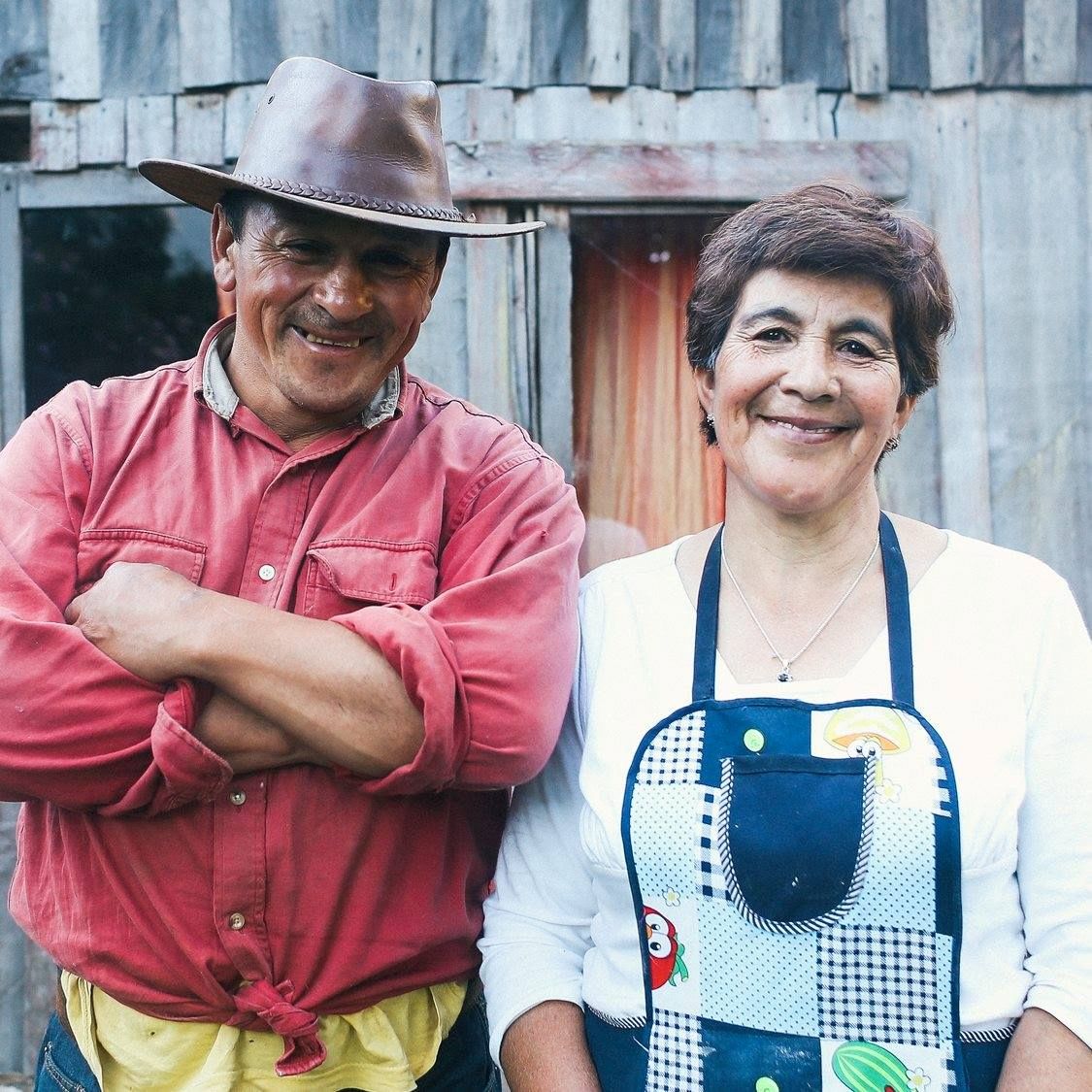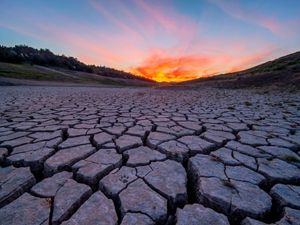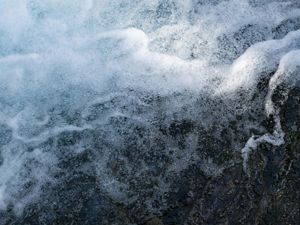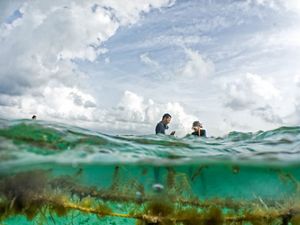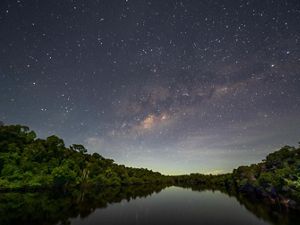“I liked the countryside. I liked working, riding horses. I get up at 6 in the morning, drink lots of mate, and go out to let the sheep out to graze. I feed the dogs, go out to check on the boats, look for fodder to feed the horses, and I'm building a greenhouse for a vegetable garden. There's work to be done—look at my hands.”
Máximo Soto (Maqui), Community Member
“I feel great joy when tourists ask me questions, and we talk, and I tell them about my life, and we start long conversations. I feel happy, happy to share with people….I like country life: getting up early, being outside, running here and there, staying healthy….We take care of nature.”
Luisa Valderas, Community Member
Maqui Soto and Luisa Valderas live in Lago Vidal Gormaz, a small town in the Cochamó district, located in the middle of the mountains, a day's walk from the Argentine border. Due to the remoteness and difficulty of access, they grow their own vegetables and generally obtain flour, rice and oil from the neighboring countryside. For them, tourism is a source of income and also a great joy to be able to meet people from different parts of Chile and the world.



